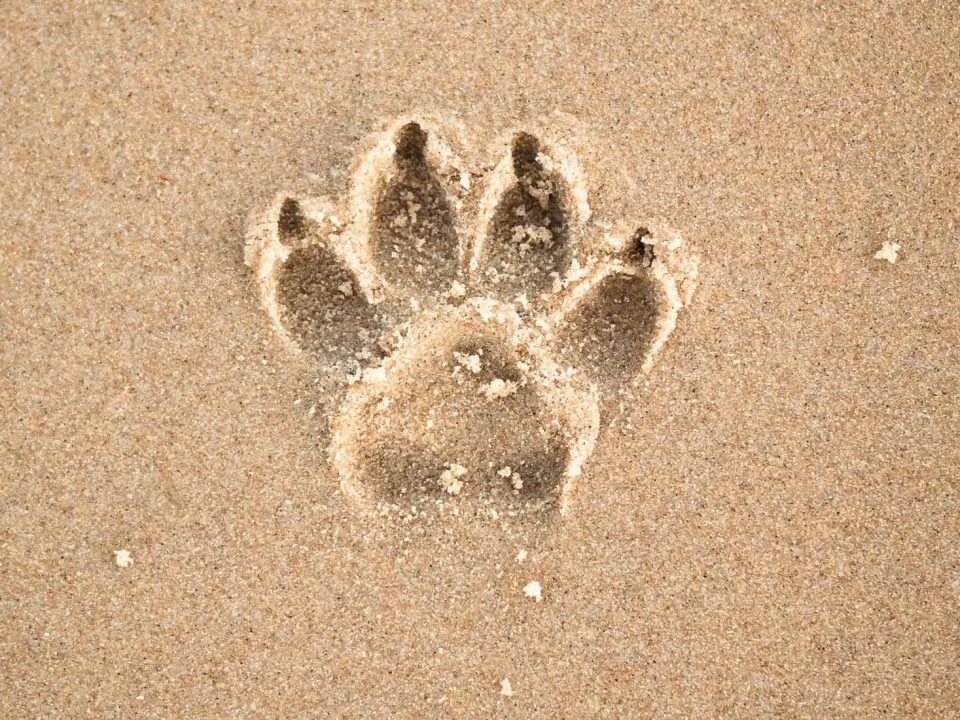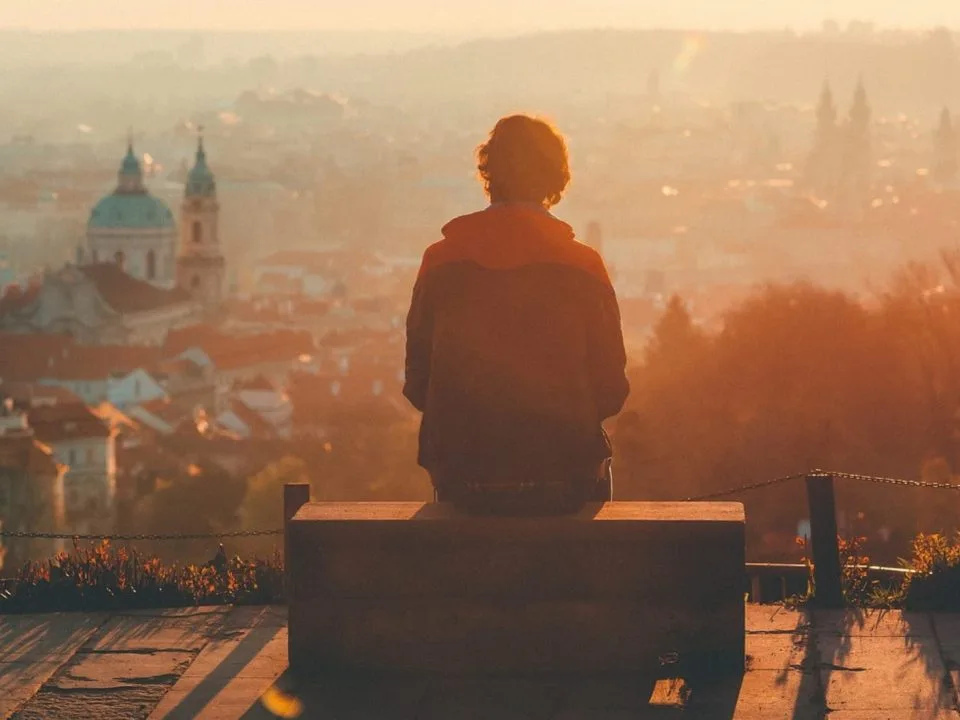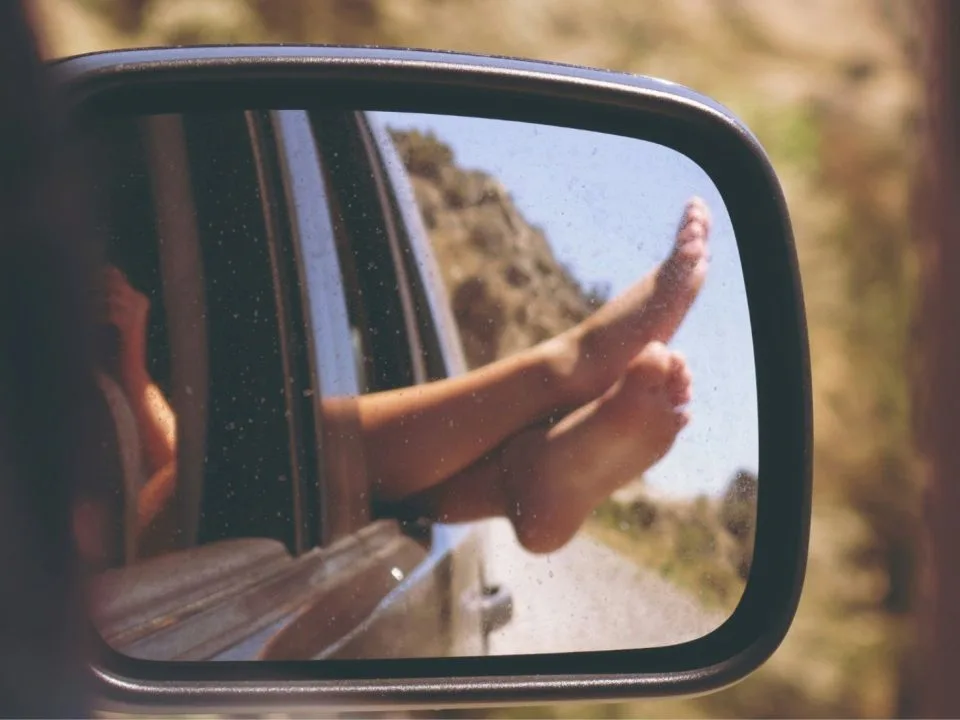
What to see in and around Split in 7 days
June 13, 2024
Croatia – The Best Places for a Family Vacation?
June 14, 2024When arriving to Croatia for a summer vacation, then you’re most probably driving on the motorway, aiming to reach your destination as soon as possible. But those who love all the curves, sights and a bit of adventure will appreciate the “magistrala” experience.
It’s hot. It’s summer. You’ve just crossed the border and entered Croatia.
Now, it can really depend on where you’re coming from, but most people will be going through Zagreb on their way to the Adriatic coast.
However, if you’re more “it’s the journey, not the destination” type of person, then you’re in for a treat because Croatia’s “D” roads offer a simply astonishing driving experience any car enthusiast will appreciate.
Personally, I’ve driven on these roads driving sports cars with more horsepower than one would ever need, D-segment sedans, crossovers and SUVs. It was always fun, but the soft spot will always be for the sport coupes, especially the manuals with RWD.
Before we start off on this journey, let’s imagine you’re fully rested, heading to Split, it’s early morning and you’ve had your coffee.
Our checklist of places to pass (and at times make a stop) includes: Karlovac, Slunj, Plitvice Lakes, Korenica, Udbina (former airbase), Zrmanja, Knin, Miočić, Lemeško sedlo, Peruća lake, Sinj, Split.
Before my journeys, I like to quote the Blues Brothers: "It's 106 miles to Chicago, we got a full tank of gas, half a pack of cigarettes, it's dark... and we're wearing sunglasses”.
It just gets me in the mood!
From Zagreb to Karlovac
To make this easy on all perspectives, our hypothetical journey starts from the Zagreb Bus Station.
The route itself isn’t too complicated, the town might be a bit busy, but during the summer at dawn, the rush hour is yet to come.
You’ll be driving towards Lučko using Jadranska avenija — it’s the same path leading to our longest motorway, A1, connecting Zagreb with the south. Once you cross Sava river, you’ll be in the Novi Zagreb (New Zagreb) area, and you’ll know you’re heading the right direction once you pass the Arena Zagreb shopping centre.
Before the motorway junction make a turn towards the Puškarićeva street, which will further lead you onto the Gornjostupička road. The road here is relaxed, and will take you slowly towards Jastrebarsko — this is Croatia’s D1 state road.
My suggestion is to really follow the speed limits because lots of people tend to cross the road despite no crosswalks. That, and there are a lot of speed cameras from here to Karlovac.
Once you finally reach Karlovac, you can relax a bit with regards to the speed cameras. You can still expect them, but not this much.

Pontoon Bridge in Karlovac (Source: Visit Karlovac)

Aerial view of Karlovac (Source: Visit Karlovac)

Dubovac Castle (Source: Visit Karlovac)
Karlovac to Plitvice lakes
By now you’ll have gotten used to driving on the curvy roads, the odd (minor) pothole and the incredible amount of small villages you’ll be passing.
The usual speed limit will range from 40 km/h to 90 km/h.
And you don't need to go any faster, seeing how you’ll be able to catch the surrounding views and experience Croatia which evolved under different cultural influences compared to the coastline.
On this path, your first goal to reach will be a humble and idyllic town of Slunj.
Why Slunj?
It’s located on top of the junction of Slunjčica and Korana rivers, surrounded by incredible greenery and untouched nature.
Sounds cliché to mention untouched nature, but from Slunj to Knin, this will indeed be the case. My recommendation is for you to definitely make a stop here.
It’s not large by any means, meaning you can stretch your legs for half an hour, walking down to the river so you can gaze upon the gentle waterfalls and relax your mind.
After all, the village Raštoke awaits at the bottom. It’s therapeutic.
As you arrive at Slunj, on your left there’ll be a big parking lot — can’t miss it.
There are a couple of bakeries across the street, fast food restaurants and caffe bars — but my recommendation is to just take a walk, breathe in the fresh air and then once you’re ready move on.

The village of Rastoke near Slunj (Source: Unsplash)

Rastoke Falls (Source: Unsplash)
Plitvice lakes
Our largest and most popular national park — probably one of the most popular national parks in the world.
Why yes, it’s Plitvice lakes.
Although I really like it, this isn’t a place where I’d recommend you make a stop. Why?
Because you’ll be spending at least half a day fully exploring it; it’s not the type of place where you can just take a short stroll.
So, yeah, best to skip it. After all, this is a different kind of journey.
If you’re feeling hungry, there are good restaurants all over this segment of the route, but personally, I’d be hard pressed to make a stop now, especially after my usual short stop at Slunj.
That, and the real Croatian “magistrala” experience will lead you to another stop in Korenica.

Plitvice Lakes (Source: Unsplash)
Korenica
Personally, I would have passed this place were it not for one very special location that’s become a tradition for almost any driver going to the Adriatic coast — or from it towards Zagreb.
To be honest, it’s almost a rite of passage for anyone driving on the magistrala to make a stop at Restaurant Macola at least once in their lives, grab a drink (my go to is espresso) and some quick meal.
If you’re with children, then they’ll especially love what — or to be more exact — who Macola has for the main attraction.
Two famous brown bears, Brundo and Mrki! The large area behind Macola is enclosed for them, where they have enough room to roam and are regularly taken care of.
Once your stop is over, slip into gear and head down south towards Knin, passing Bjelopolje. What awaits you is my favourite part.
The Real Deal
As soon as you pass Korenica, one of Croatia’s finest driving terrains awaits.
The sheer excitement any driving enthusiast gets while driving on these roads is well earned; as the roads flirt with the magnificent landscapes, the horizon will tease every curve, dip and crest.
Mind you, this is a fun journey in any car.
But when you’re driving a car which goes after corners like it’s angry at them, a car in which every application of the throttle sends such a noticeable surge of power propelling you forward, then you’ll feel that raw, visceral connection to the road.
My recommendation? If you haven’t already, turn off the lane assist mode.
Sharp steering will make this part of the road more like a dance, but with lane assist off, most experienced drivers will drive in a tangent line.
Why so? Because doing so, one minimises steering on curvy roads.
Naturally one must be sure to know the road already and have a clear view of what lies ahead.
And while you do the automotive dance, the real backdrop is the stage where the play is set.
Verdant greens, endless pastures with mountains in the distance, all underneath that summer blue sky. You’ll know you’re in the right place at the right time.
Don’t let anyone in on this secret, but I like to rev the engine a bit on this part, given the ideal circumstances! That, and it’s good for the engine…
Udbina Air Base
To make sure you’re driving the right way, at one point you must pass the former air base Udbina.
While travelling south, it’ll be on your left, and you’ll see two old T-55 tanks — can’t really miss them.
I usually mentally consider this to be a half-way point to Split, despite maps claiming I’ve already passed it.
The road ahead is still something to behold. Just observe the canyons to your side when you get the chance and you’ll feel something more within.
If you decide to stop for a panoramic view, you’ll be able to see where the source of the famous river Zrmanja is.
I tell you, on the motorway, going 130 km/h or over, this isn’t something you’ll be able to experience.
The true variety of the Croatian countryside is really felt on these roads, and it’s a shame for anyone to miss it.
Almost there
Soon enough and you’ll be reaching Knin. And at one point, you just might feel that the drive was too short. Don’t worry, you wouldn’t be the only one feeling like that.
That’s why after Knin I recommend you do this.
While in Knin, under no circumstances should you follow the signs that lead you to Split. Trust me on this one. Instead, go for Drniš (a town famous for its prosciutto).
However, that’s not where you’ll be passing, because some 15ish minutes from Drniš, you’ll see a junction leading to the villages Biočić and the Miočić.
When going to Split, people will be passing the village Miočić towards Gradac, then from there they’ll make a crossing over the river Čikola towards the road D56.
It’s the more optimal route towards Split than following the D1 from Knin via Sinj. With that being said, you’re here for the journey. So, let’s spice up the journey with a nice detour.
The Detour
In Miočić, on what’s probably the worst road junction ever (especially for a road that has such a traffic throughout the year), you won’t go straight. No, here, you’ll make a left turn (remember, we’re going from Zagreb to Split).
The point here is for you to reach Lemeško sedlo.
You’ll be driving upwards, being introduced to more curves and even more beautiful sights of the Croatian countryside. As you finalise your ascent, Lerneško sedlo awaits.
It’s a relatively unknown gem, but well worth the detour. During the day, you’re bound to see stunning views; during the night, you’ll see the glittering galactic sky on the dark canvas.
You might be thinking: “Why are you telling me this?!” Well, it’s simple: I’m telling you this because I know not too many people will take this detour, but those who do will appreciate it immensely.
Most people stop here before starting their hike towards Svilaja. But I just stop here for the views. Barren mountains, bushes and some greenery.
If anything, it feels as if there’s nothing. “There is nothing in the desert, and no man needs nothing.”
Passing Peruća
Once you’re done gazing at that endless nothing — yet everything, that is the Croatian countryside, it’s time to move on.
You’ll be coming down to Vrlika, and to the side you’ll see the second largest accumulation lake in Croatia — Peruća lake. It spans almost all the way from Vrlika to Sinj. At times it may dry up, but luckily, it’s a rare occurrence, meaning you’re in for a treat while driving.
As you pass that area, you’ll be going through Hrvace, then Sinj and within 20 minutes you should be approaching Split via Dugopolje, where you can see the A1 motorway exit. Following the D1, you’ll be coming down from Klis, and on your right will be the famous Klis fortress (fun fact: Game of Thrones was filmed there as well). As you descend with D1 to Split, be sure to follow the speed limit as there are speed cameras set up there.
My recommendation is just to let go of the throttle and let gravity do the job.
The road itself is extremely curvy and you’ll definitely have a wonderful view of the peninsula on which Split is situated, and all its surrounding areas — including the islands of Brač, Čiovo and Šolta.

Driving in Croatia (Source: Unsplash)
Tips for the journey
If you’re going on this type of journey for the first time, you might be wondering if there’s anything special to be on the lookout for. So, here’s a summary for my top 3 tips for this journey.
Tip #1: Fuel
My recommendation is for you to fill up your car before starting the journey. Croatia has several gasoline stations, and these are the most famous ones: Ina; Petrol; Lukoil; Shell; Tifon. You may come across some smaller ones, but generally speaking they’re very rare. If you need to make a loo stop, you can make it here, and also grab up on any snacks and drinks for the journey. From Zagreb to Split, you will probably spend a bit more than half of the tank (really depends on the car, type of engine and the fuel).
Tip #2: Speed Limits and Speed Cameras
It’s highly unlikely you’ll be alone, so you can usually just do what other drivers are doing. You know, when in Rome and all that… As mentioned before in the text, the usual speed limit will range from 40 km/h to 90 km/h (most of the time it’ll be the latter). Anyway, by law in Croatia, there must be a clearly visible sign that a speed camera lies ahead — and don’t worry, if you know how they look, you’ll be able to see all the signs before the cameras. Now, why are the cameras required? Because there are some segments of the road where you can really go faster beyond the limit, and most drivers will do so. However, as there are lots of populated areas dotted all around, it’s for the safety of everyone. As for the location of the cameras, most will be between Zagreb and Karlovac, some around Plitvice Lakes (if memory serves, there’s only one after Korenica) and then some after Knin, especially before Sinj.
Tip #3: Police
If you drive normally, you needn’t worry. But there are times when police will set up shop. If someone’s speeding and going in front of you, you’ll be ok. If you’re the only one driving, they might ask you to stop aside. On a positive note, in Croatia (and generally speaking across the Balkans), there’s a certain kind of camaraderie in which fellow drivers going the opposite way will flash you with their headlights. The purpose is to either warn that your lights are off, there’s a car accident ahead, or the police are waiting.
That will be all for now, and safe travels!


